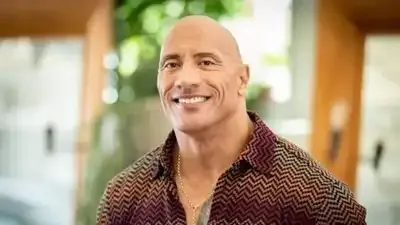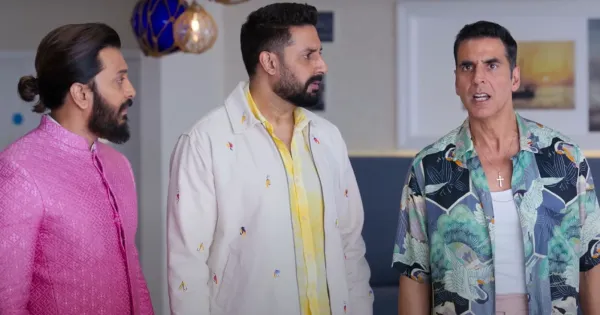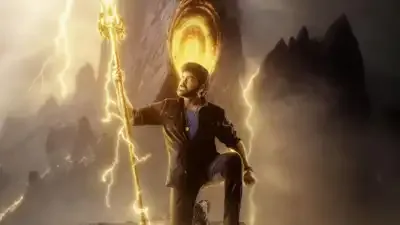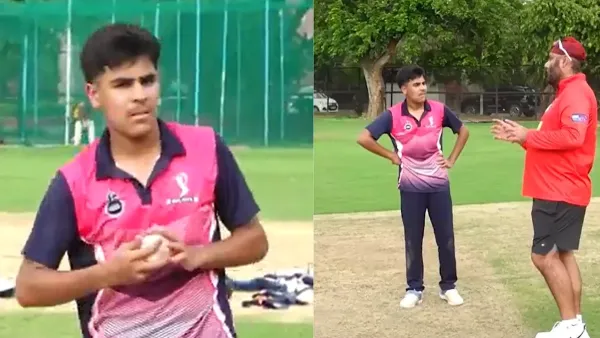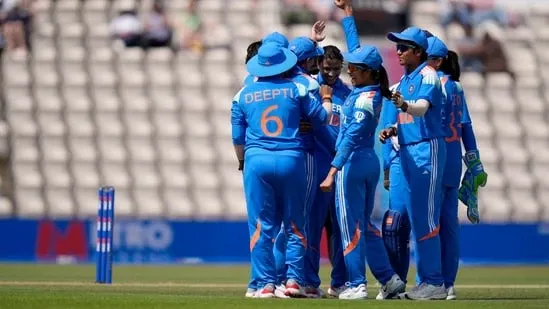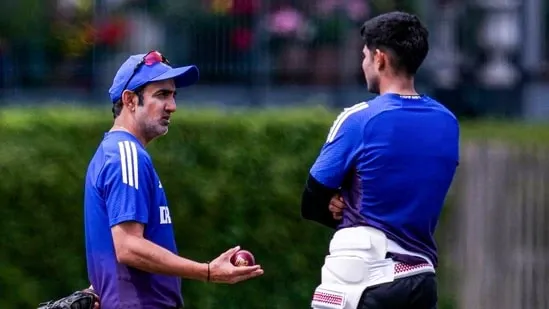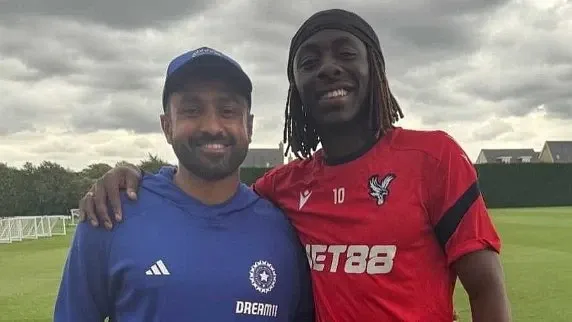"Hinduism was never born; it emerged, evolved, and absorbed."
Hinduism is not a book you can open to page one and say,
“Here it all began.” It’s a river, vast and deep, carrying whispers of civilizations long gone, flowing through time, shaped by every culture it has touched. But if we rewind far enough, past the grand temples and sacred texts, past the stories of gods and demons, we reach a time when the first spiritual footprints of the subcontinent were being laid. And this is where the debate begins—was Hinduism originally Dravidian?
Before Sanskrit hymns echoed in the air, before the Vedic fire rituals were performed, the land was already steeped in spiritual traditions. The Dravidians—believed to be the original inhabitants of India—built cities so advanced that they baffle archaeologists even today. The Indus Valley Civilization, stretching back to 2500 BCE, left behind artifacts—seals of horned gods, figures in deep yogic meditation, sacred animals. If these don’t scream
proto-Hinduism, then what does?
But history is never black and white, and religion is never a single thread—it’s a woven fabric. When the Indo-Aryans arrived around 1500 BCE, bringing their Vedic traditions, something extraordinary happened. A blending. A fusion of beliefs, gods, languages, and rituals.
So, did Hinduism emerge from Dravidian soil? Or did the Vedic fire reshape it? Let’s dive deep into history, sift through the theories, and see what the echoes of the past tell us.
1. The Dravidian Foundations: Indus Valley and Its Mysterious Beliefs 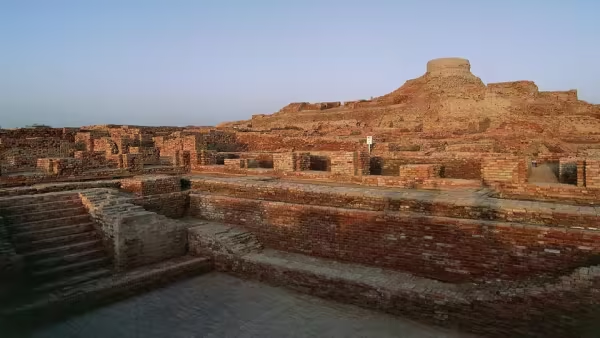 The Indus Valley Civilization (IVC), one of the world’s oldest urban societies, had no grand temples, no palaces for kings, and yet, it thrived. Unlike the later Vedic religion, which centered around fire sacrifices and male gods, the Indus religion seems to have been more rooted in nature, fertility, and meditation.
The Indus Valley Civilization (IVC), one of the world’s oldest urban societies, had no grand temples, no palaces for kings, and yet, it thrived. Unlike the later Vedic religion, which centered around fire sacrifices and male gods, the Indus religion seems to have been more rooted in nature, fertility, and meditation.
- The Proto-Shiva Theory: A seal discovered in Mohenjo-Daro shows a figure sitting cross-legged, surrounded by animals, wearing a horned headdress. Many believe this to be an early form of Shiva, the yogi god of Hinduism.
- Mother Goddess Worship: Clay figurines of voluptuous female deities suggest an early reverence for the divine feminine—a tradition that still thrives in South Indian temple worship.
- Sacred Trees & Animals: Bulls, serpents, and peepal trees were revered in the Indus Valley. Fast forward a few thousand years, and we still find them sacred in Hinduism. Coincidence? Unlikely.
“The past is never dead. In fact, it’s not even past.” – William Faulkner
2. The Aryan Arrival: Clash or Coexistence?
 Sometime after 1500 BCE, Indo-Aryans migrated into the subcontinent, bringing with them the Sanskrit language and the Vedic hymns. These texts, composed over centuries, laid the foundation of what is now considered classical Hinduism. But here’s the twist—despite being the so-called "Vedic religion," many elements don’t seem purely Aryan.
Sometime after 1500 BCE, Indo-Aryans migrated into the subcontinent, bringing with them the Sanskrit language and the Vedic hymns. These texts, composed over centuries, laid the foundation of what is now considered classical Hinduism. But here’s the twist—despite being the so-called "Vedic religion," many elements don’t seem purely Aryan. - Linguistic Borrowings: The oldest Sanskrit texts contain words borrowed from Dravidian languages. Even the term linga, often associated with Shiva, has Dravidian roots.
- Shiva vs. Indra: The Vedic gods like Indra and Agni were sky warriors, while Shiva, who later became a cornerstone of Hinduism, has no major presence in the Vedas. His origins seem more aligned with the yogic, ascetic traditions of the Dravidians.
- Temple Worship & Bhakti: The Vedas focused on fire sacrifices (yajnas), but the later Hinduism of temples, idol worship, and personal devotion (bhakti) has a distinctly non-Vedic, possibly Dravidian, feel.
3. Dravidian Influence on Hindu Religious Practices
 Even today, South Indian Hinduism, deeply rooted in Dravidian culture, feels different from its North Indian counterpart. Some key influences include:
Even today, South Indian Hinduism, deeply rooted in Dravidian culture, feels different from its North Indian counterpart. Some key influences include: - Temple Worship & Rituals: Tamil Nadu’s grand temples, with their towering gopurams, follow traditions that differ from Vedic sacrifices, focusing more on daily pujas, processions, and deity adornment.
- The Power of Sound: Mantras vs. Music: While Vedic traditions emphasize Sanskrit mantras, Dravidian spiritual practices often revolve around devotional poetry, music, and dance (think of Tamil Alvars and Nayanmars).
- The Goddess Cult: The fiery goddesses of the South—Kali, Meenakshi, Mariamman—retain the raw, earthbound spirit of the ancient mother goddess traditions.
“If you want to understand Hinduism, look not in its scriptures, but in the streets, temples, and festivals of India.” – Alain Daniélou
4. Scholarly Perspectives on Dravidian ContributionsHistorians and scholars have long debated the extent of Dravidian influence on Hinduism:

- Asko Parpola, a Finnish Indologist, suggests that the undeciphered Indus script may represent a Dravidian language, indicating that Dravidian speakers significantly contributed to the religious and cultural practices of the IVC.
- Dr. David Frawley, an American Hindu scholar, posits that Hinduism is a synthesis of both Aryan and Dravidian elements, emphasizing that the religion's richness stems from this cultural amalgamation.

In his book "Gods, Guns, and Missionaries," author
Manu S. Pillai explores the adaptability and diversity of Hinduism, challenging the notion of a monolithic religious tradition. He highlights how Hinduism has evolved through interactions with various cultures, including the Dravidian, underscoring its dynamic and pluralistic nature.
So, Was Hinduism Originally Dravidian?Yes… and no. Hinduism is neither
fully Dravidian nor
purely Aryan. It is a grand symphony, where ancient Dravidian traditions provided the rhythm, and Vedic influences layered in melody. The result? A religion that cannot be boxed into one origin story.
If anything, Hinduism’s greatest strength lies in its ability to evolve. It took the spiritual wisdom of the Dravidians, the philosophical depth of the Aryans, and the cultural influences of countless other groups over millennia and turned them into something unique.
The next time you step into a temple, chant a mantra, or hear a myth, remember—you are witnessing a tradition thousands of years in the making, shaped by civilizations long lost, yet still alive in every prayer, every ritual, and every story.
Because Hinduism was never born. It became.
